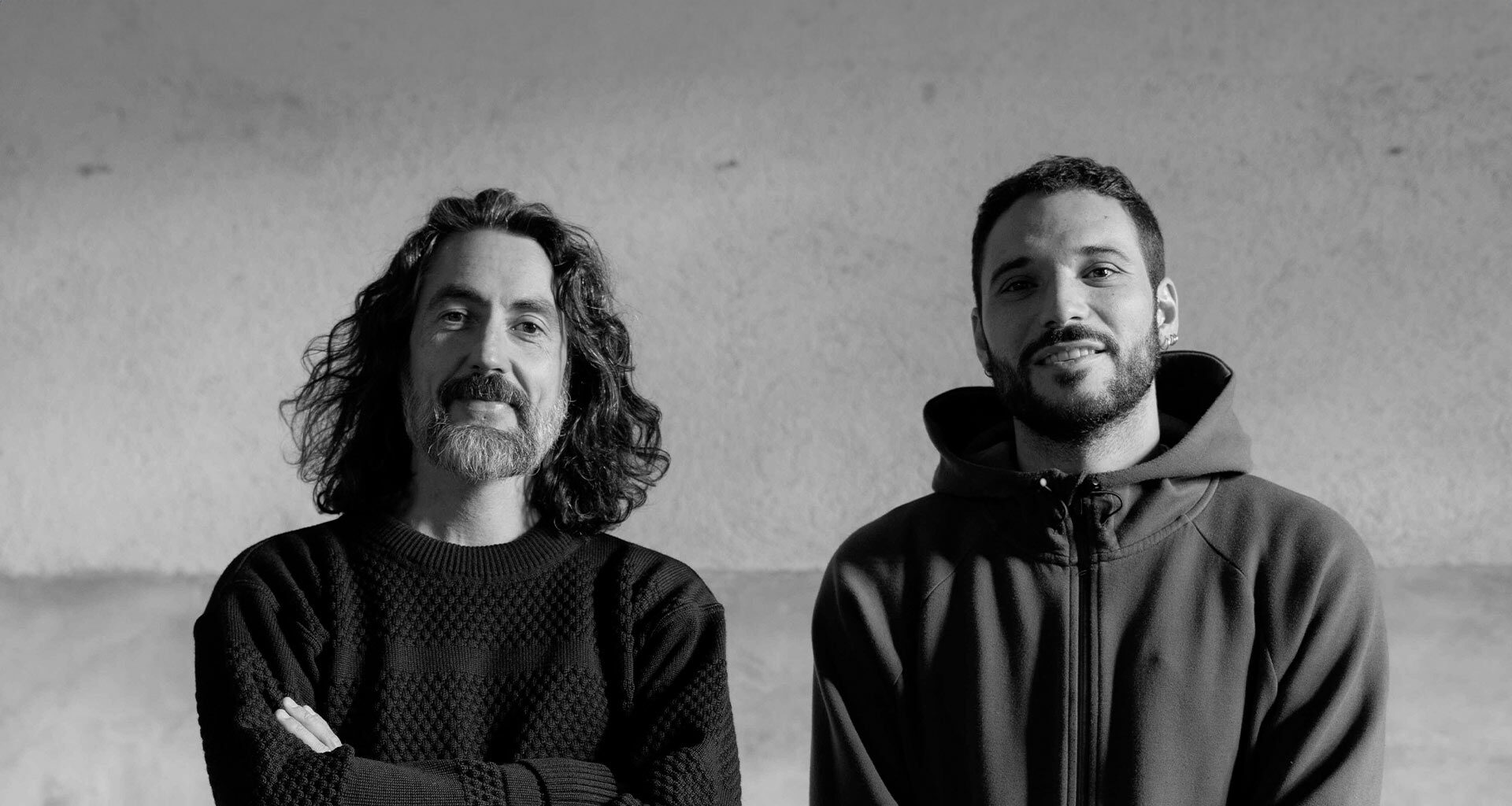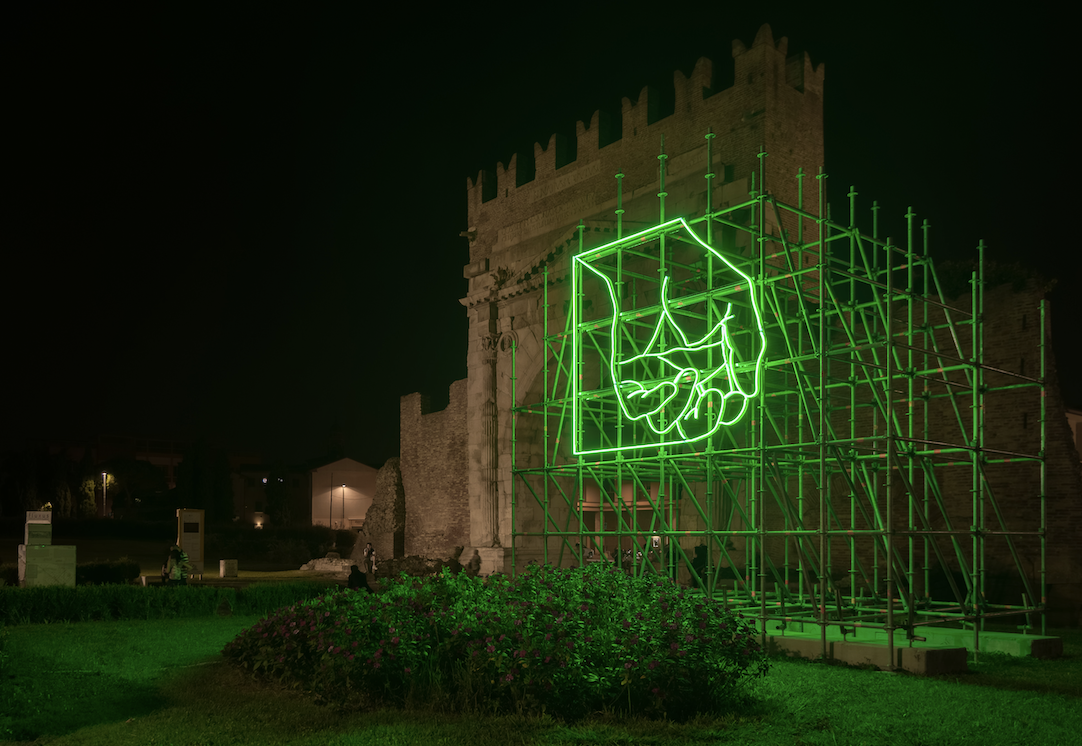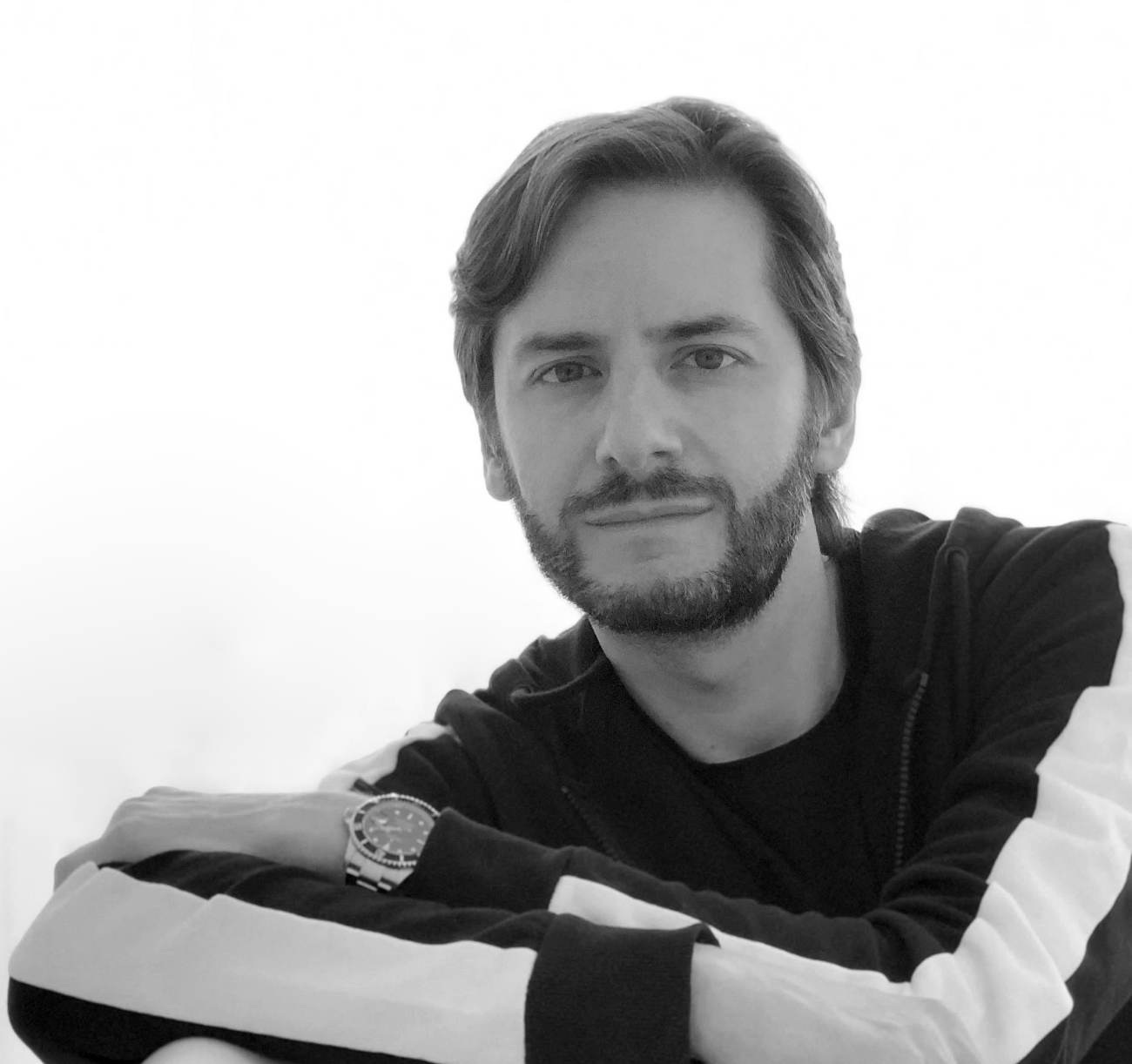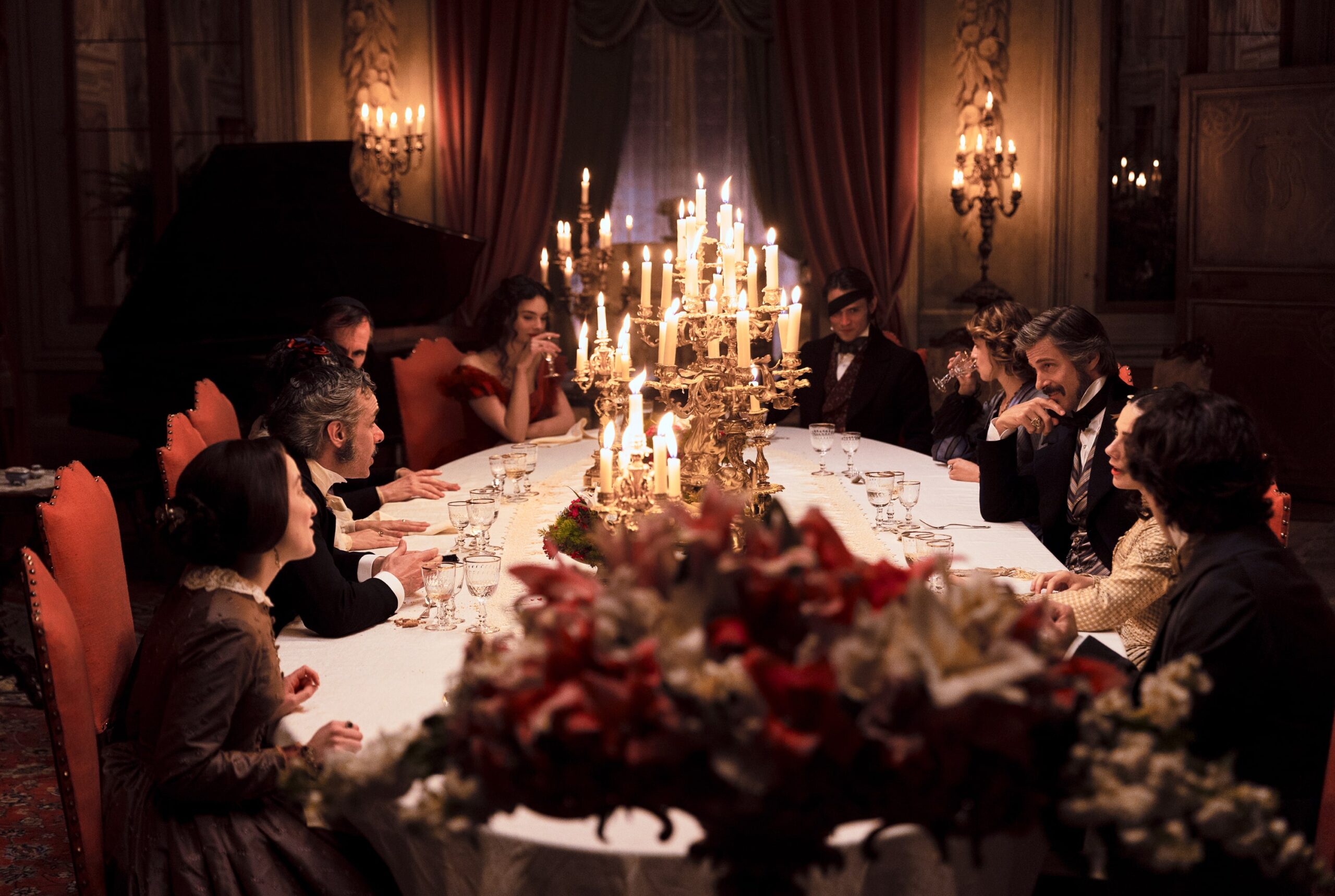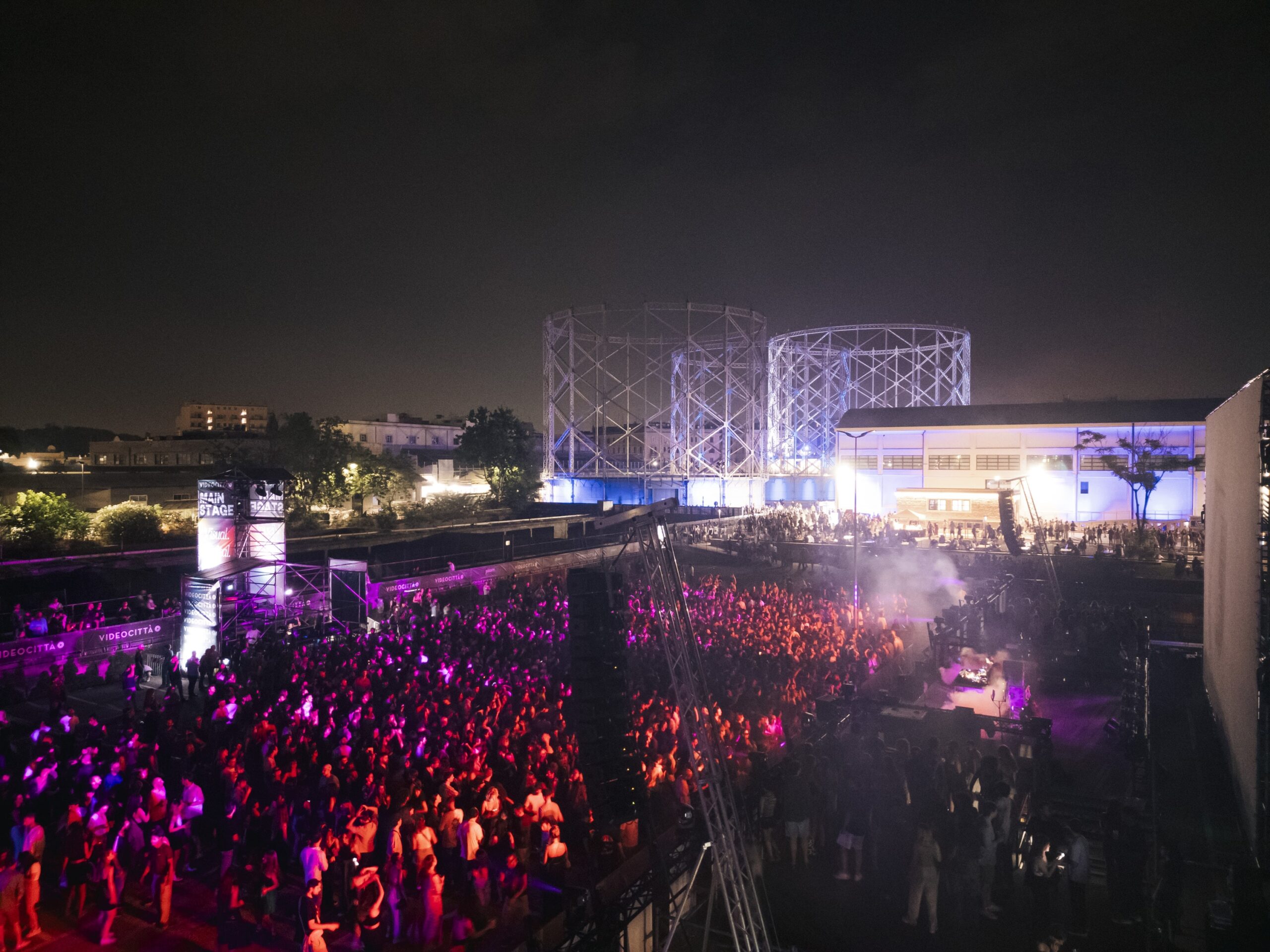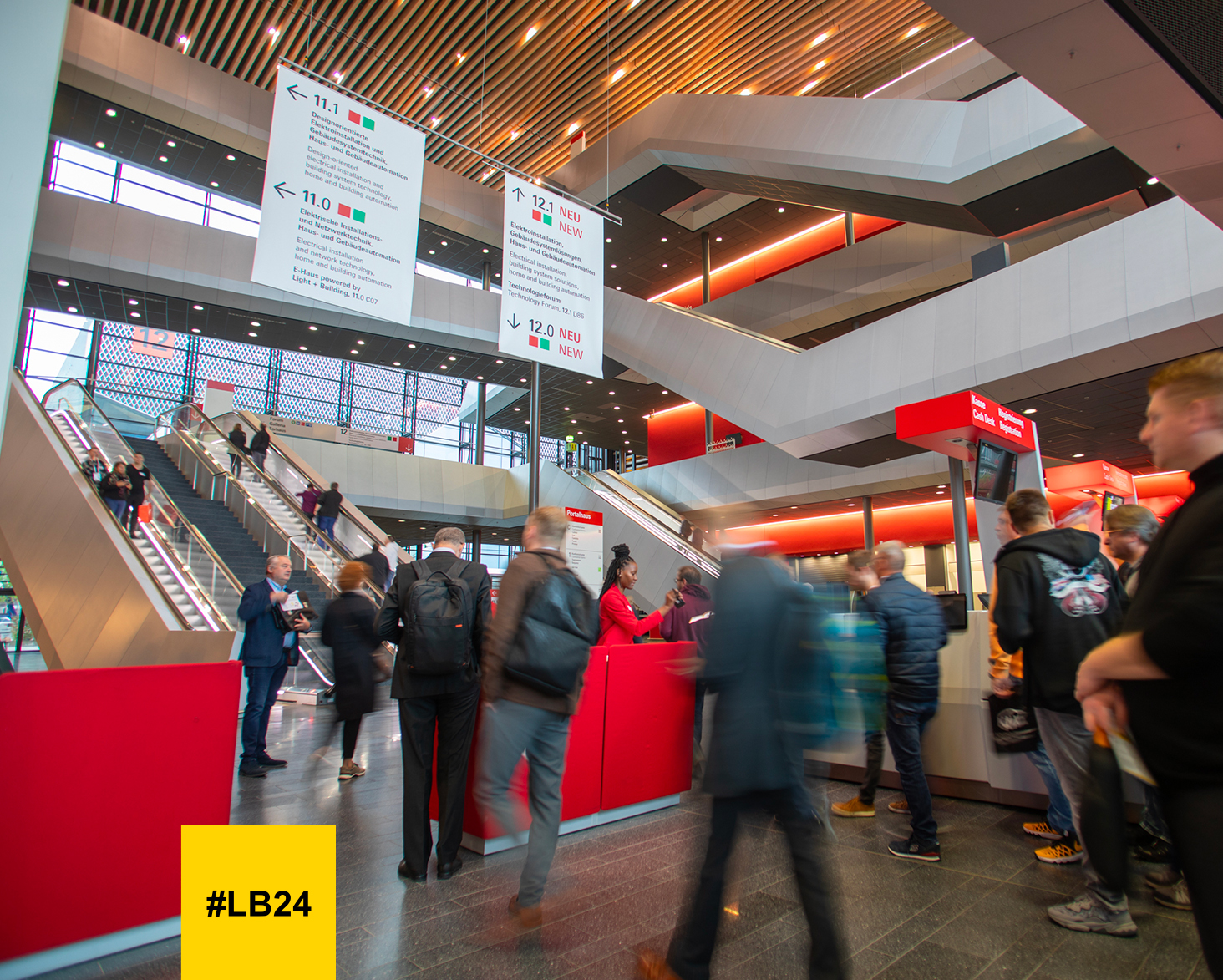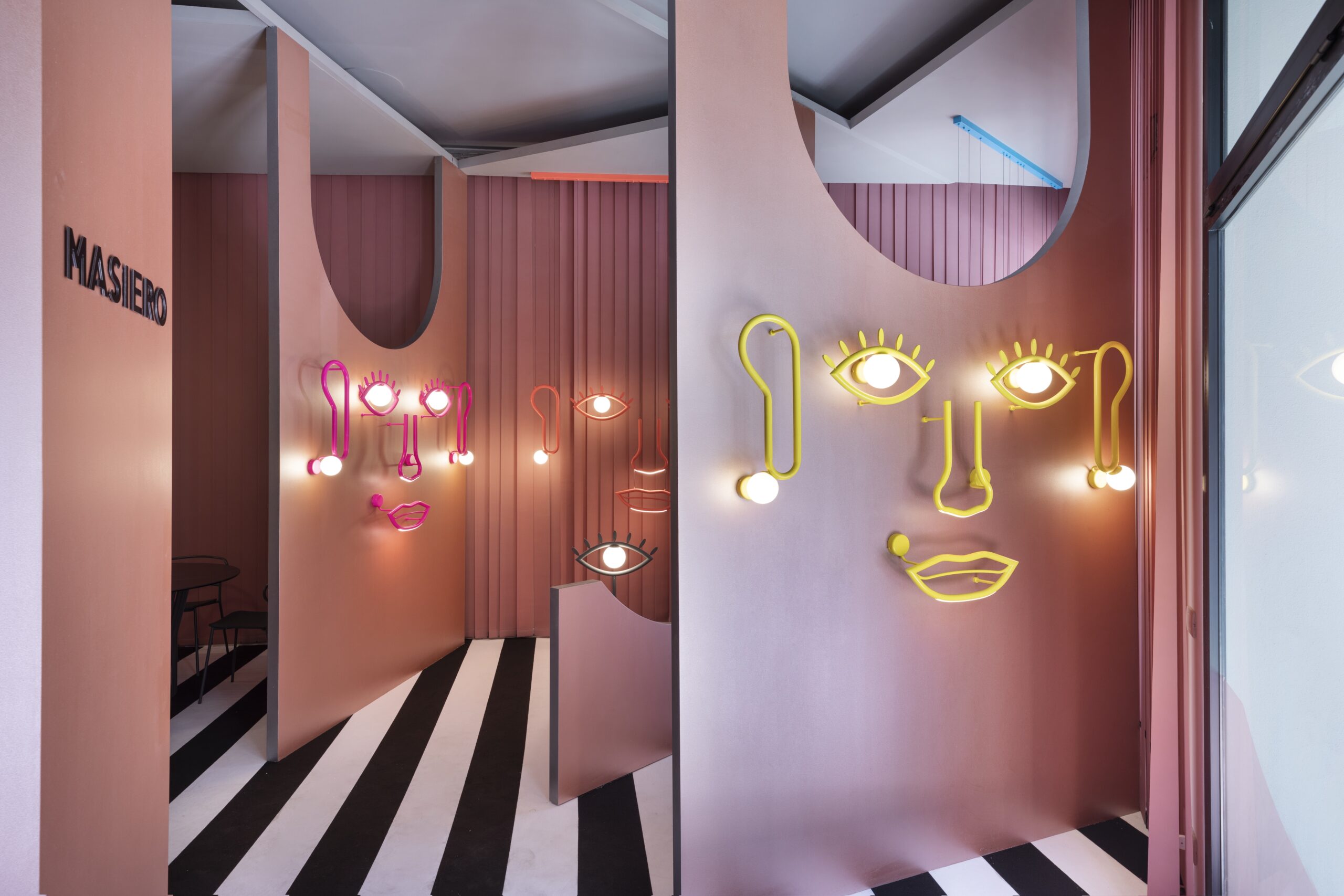«We see the metaverse not as something philosophical but as the opportunity to apply the media we use in real-life projects to projects in the virtual realm, such as gaming, cartoons or special effects in movies, where light is the key element»
Marco Frascarolo is one of the most reputed figures in the world of lighting design education and training. He is the founder of FABERtechnica, a lighting design practice which has developed a comprehensive portfolio of internationally renowned lighting and engineering designs since 2001, ranging from the Sistine Chapel to the Tokyo and Rio Olympic Games, just to name a few. He is coordinator and professor of the Master’s Degree in Lighting Design of “La Sapienza” University. It was the first Master’s in lighting design to be offered in Italy, with the proud partnership of A.A.G. Stucchi. Throughout his career, spanning more than twenty years, he has taught many students and given them the opportunity to gain hands-on professional experience. This is the topic of our second SPOTLIGHT ON column.
How has the Italian lighting design scene changed since you founded FABERtechnica?
The lighting design sector is quite contradictory. Even though lighting design is a very popular topic, there is still little awareness of the importance of this profession and of how lighting designers work. Therefore, compared to two decades ago when I founded my practice, I would say that the market has not changed that much. There are some practices in Italy that have evolved quite a lot and have embraced a whole host of stimuli and working methods, achieving international standing. At the same time, there are many practices that still have the old-style Italian approach of being small-scale and using traditional methodologies. Therefore, I would say that there are two distinct patterns.
What would you suggest to young professionals who are going to start their training in 2023?
My message to those who want to work in this sector is to acquire a good background. I would also advise them to choose a certified school that is well connected with the working world rather than a school with too much emphasis on theory. A further recommendation is to focus on the technical aspects of lighting design but also on the broader artistic context.
You coordinate and teach in the La Sapienza Master in Lighting Design. How has it evolved over the years?
It was Italy’s first master in lighting design and this year it celebrated its twentieth anniversary. Over the years we have consistently pursued high standards for both students and faculty. As part of this, we now have an agreement with Università di Roma Tre which provides access to a lab with a dark room and other equipment. Moreover, we have adopted new working methods such as BIM and photogrammetry for 3D modelling. Every year we add a small improvement or a new feature in order to keep the master up to date.
What are the highlights of this year’s edition?
This will be a year of transition as we prepare the 2024 edition, which will enhance its focus on multimedia and the metaverse – the buzzword of the moment. We see the metaverse not as something philosophical but as the opportunity to apply the media we use in real-life projects to projects in the virtual realm, such as gaming, cartoons or special effects in movies, where light is the key element. Our aim is to teach experts in the subject of light to create applications in this area and not merely in the field of architecture, cultural assets, etc. When it comes to cultural assets, elements such as storytelling, augmented reality and others have come to the fore and have become sought-after and interesting areas of expertise. Often clients want lighting for the display of art to be intertwined with other narrative layers of meaning.
What are the opportunities afforded by the synergy between academic training and field design experience?
I think this is the very key to success. In my view, what makes the difference between schools is a combination of good and thorough training from the basics (as was typically taught thirty years ago) and field work. Being given the opportunity to work in the field is invaluable. In this respect, the fact that we are located in Rome is a great plus as this city offers a unique cultural heritage. In recent years, we have offered our students plenty of opportunities to do field work. Intensive field work is a great growth opportunity and stimulus not only for them, but also for us. We recently signed an agreement with Roma Capitale and with Areti, a subsidiary of Acea Group, for improving the quality of street lighting in Rome, and our students were made to participate in this field activity. Therefore, taking the Rome master’s degree and working at the Colosseum, the Sistine Chapel, the Aurelian wall or Trajan’s markets offers added value to a student over other Master’s courses, as well as an important credential when stepping out into the professional world.
Are there any courses in other countries that you think are especially valuable?
There is a great variety of courses available. Surprisingly, there are not so many in France despite the strong lighting design tradition of this country. Courses in English-speaking countries are the ones we find most interesting. A case in point is the Parsons School of Design in New York, a highly reputed school with great connections with the world of work, aka great opportunities for students. In terms of curricula and what they do, I would say that they have a similar teaching approach. But what is key is that it provides great opportunities to gain practical experience. There are also a bunch of newly established programmes. I have had the opportunity to hold workshops and lectures for Master’s students in Saint Petersburg. These new schools are clearly very interesting because they are placed in a different cultural context where you work on the history, culture and architecture in a completely different environment. Therefore, the advice I would give students would be to take the opportunity to gather experiences from diverse cultural environments if they can, in order to develop a broader and less dogmatic vision.
